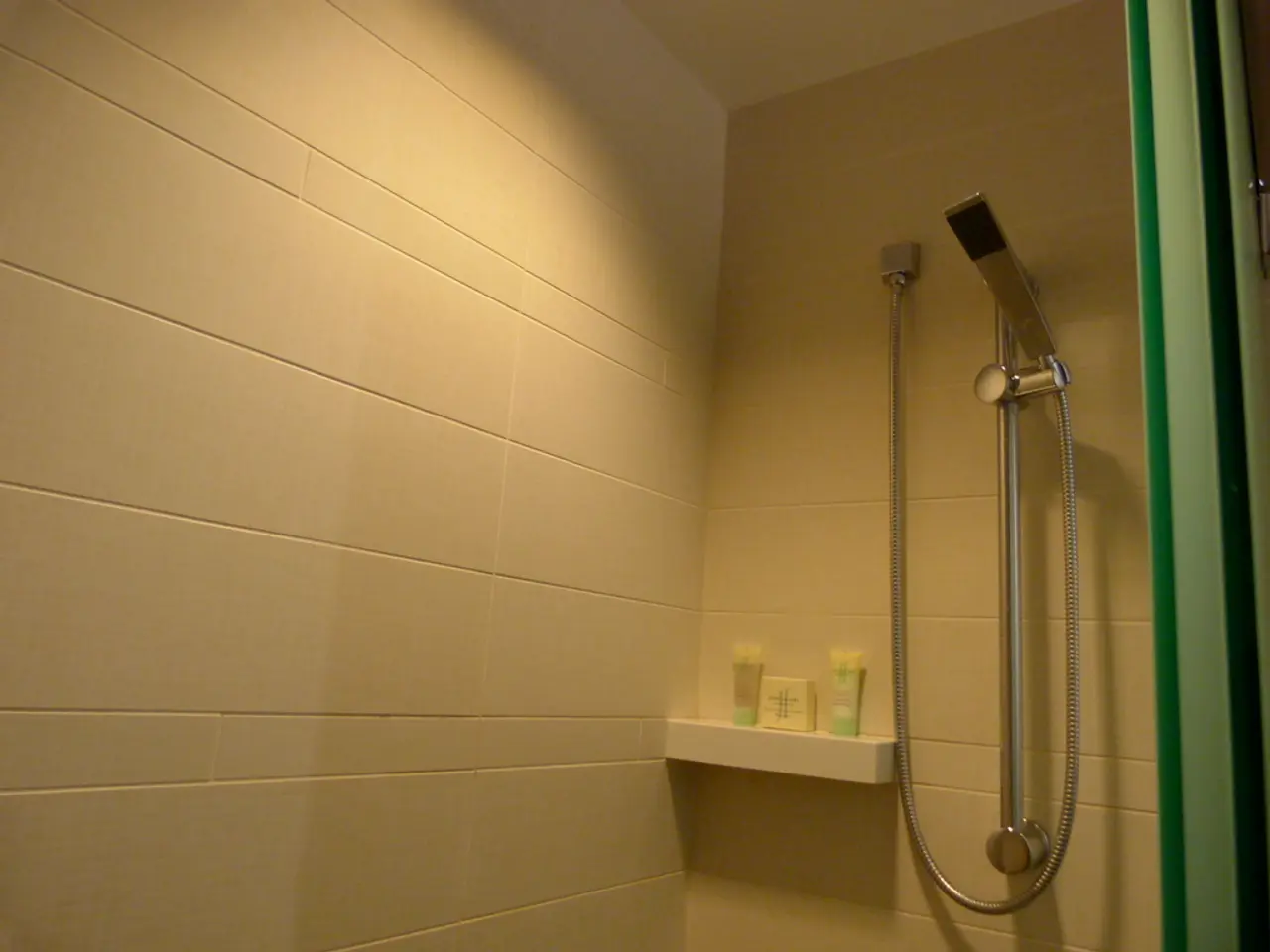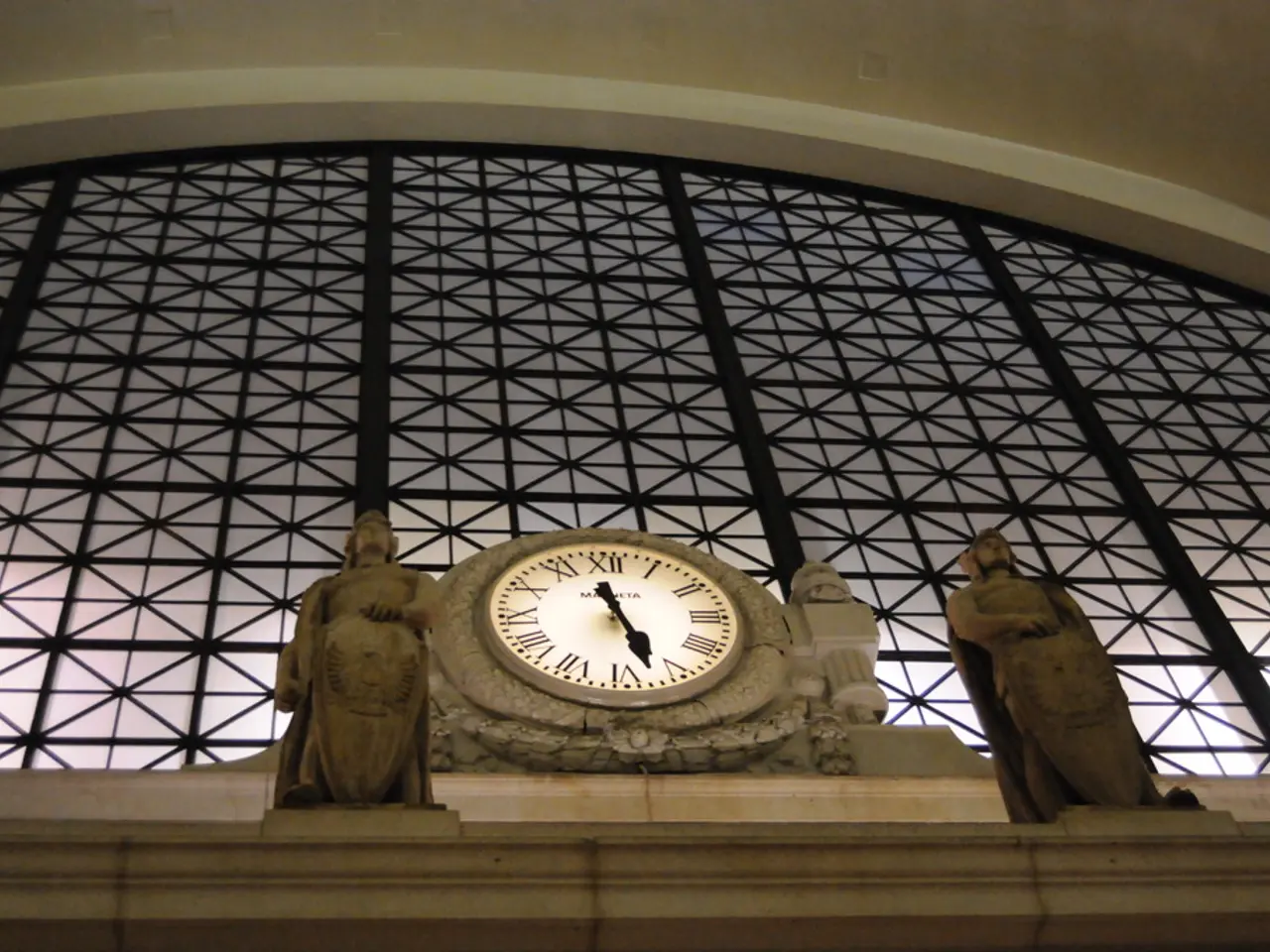Tehran Shuts Down Public Restrooms
Water Crisis in Tehran: Public Toilets Closed and Water Rationing Enforced
The city of Tehran, Iran, is facing a severe water crisis, and the impact on its infrastructure and residents is becoming increasingly severe. The government, led by President Massoud Peschkian, is implementing emergency water-saving measures, including routine water rationing, cutting off water to heavy consumers, and closing many public toilets across the city [1][2][3].
According to news reports, more than 47,000 water accounts of so-called “bad consumers” in Tehran have been suspended, and many public toilets have been closed as an emergency conservation step in response to the deepening crisis [2][3]. The closures of these facilities are part of the government's broader efforts to conserve drastically reduced water supplies caused by prolonged drought, significantly lowered rainfall, excessive groundwater extraction, and inefficient management [1].
The water shortage is so critical that authorities warn that Tehran’s water supply could be depleted within weeks unless drastic conservation is achieved, leading to reliance on hoarded water and severely restricted municipal water services [4]. The situation is compounded by extreme heat and humidity, which intensifies the demand for water amid these restrictions [2].
The closure of public toilets is causing significant inconvenience for the city's 15 million residents, with Eyewitnesses confirming the closures of many public toilets, including near and inside subway stations [5]. This issue has been highlighted by news portals such as Didehban-Iran and Shargh, which report that the situation is worsening, and "even the toilets are being closed" [6]. Many residents are complaining about the conditions on social media, stating that a dignified life is hardly possible under these circumstances [7].
President Peschkian has referred to the crisis as a "natural disaster" that could worsen in a few weeks, as all the country's dams are almost empty [8]. In an effort to address the crisis, the government is considering relocating the capital to prevent possible chaos due to the crisis [9].
The Tehran city administration has not yet commented on the reports, but the government's response to the crisis has not yet effectively addressed the needs of Tehran residents, according to news reports [10]. The government's calls for citizens to consume less water, while necessary, appear helpless in addressing the crisis [11].
In total, there are approximately 20,000 public toilets in the Tehran metropolitan area [12]. The energy and water crisis in Iran has affected at least 50 cities, including several districts of Tehran, causing water to be cut off for up to 48 hours [13]. The crisis has also led to hours-long power outages in Tehran, making the use of air conditioners impossible, with temperatures between 40 and 50 degrees Celsius [14].
In conclusion, the water crisis in Tehran is causing significant disruption to daily life, with the closure of public toilets and routine water rationing affecting residents and businesses alike. The government's response to the crisis is critical to ensuring the well-being of the city's population, and it remains to be seen whether further measures will be taken to alleviate the situation.
- The environmental science community, including climate-change experts, has been consulted by the Commission on the draft directive to devise sustainable solutions to address the water crisis in Tehran.
- Amidst the political debate surrounding the water crisis, general-news outlets have reported on the urgent need for scientists and policy-makers to collaborate to find long-term, innovative solutions to reverse the trend of declining water supplies in Tehran.
- The water crisis in Tehran has been a topic of discussion in the realms of both environmental-science and politics, as stakeholders seek ways to preserve drinking water resources, ensure the well-being of the city's residents, and stimulate the economy by promoting water conserving practices.






